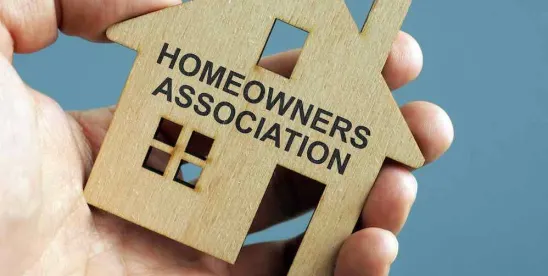North Carolina Community associations are typically developed by private developers that plan the community, build the infrastructure and improvements, develop the lots, and organize the property owners or community associations.
It makes sense that these private developers maintain significant control over the properties, the aesthetic development of the lots and community, and the operations of the community association as the community moves through its early life. It also makes sense that, at an appropriate time, the ownership of the common elements and the control over the operations of the community association be transitioned from the private developer to the members of the community.
This transition of control is sometimes thought of as a tense and uncomfortable interaction, but the educated and prepared developer and community members will recognize that it should not be. With proper planning, open communication, the right attitude, and a shot of proactivity, the community can transition to the owners in a way that protects the developer's investment and reputation and reduces its liability while allowing the community members to ultimately run and operate their community as was intended.
What Is Transition Really?
Transition is not a specific event in time, but rather a collection of interrelated events. Private developers of community associations are afforded significant flexibility in reserving certain rights for themselves in North Carolina. Although a full catalog of all of these rights exceeds the scope of this article, examples of these rights are the authority to appoint the members of the property owners association's board of directors, easements through and across the community property for various reasons, and the right to annex additional property into the association. Experienced private developers will have these rights specifically set forth in the declaration of covenants (the document that creates and, in concert with applicable North Carolina law, governs the community). Certain rights naturally expire by the operation of the governing documents or law. Other rights may be terminated or conveyed by the developer with little formality, while others require specific written and recorded conveyance. Only at the culmination of all of these, or the last of these, events, is the transition fully complete.
What's Good for the Goose is Good for the Gander
Both the private developer and the community association have a significant interest in a healthy, complete, and amicable transition. The private developer has its reputation as a quality developer to uphold and preserve, as the successfully developed community will become a feather in the cap of the developer's portfolio. The legacy of an independently healthy community is just about the best marketing a developer can have. Likewise, the individuals who will actually live in the community benefit from the developer's good work in creating it, with strong lot values and a vibrant community.
Developer Considerations
The private developer should ideally begin any development project with the end in mind. The ultimate transition of the community to its members should be a primary consideration when the developer is drafting the declaration of covenants and creating the community. This involves clearly and accurately stating the rights reserved for the developer, correctly denoting the character of property on the plats, and planning for a thoughtful and gradual transition of the reserved rights and properties to the property owners association. Private developers also should be mindful of the significant benefits of transitioning certain rights early in the process. It is common for developers to retain rights, such as the power to appoint members of the property owners association's board of directors, far longer than is advisable or truly prudent. A proactive plan and a wind‑down schedule are useful tools for the private developer and should be developed early in the process.
Community Association Considerations
The community association should, as early in the process as possible, begin an open dialog with the private developer regarding transition issues. A primary component of any community association's transition efforts should be investigation and education as to all of the rights and events to come. This most certainly can be a collaborative effort with the developer and involves cataloging all of the private developer's rights and making a determination about what the community association would like to see with each particular right. For example, there may be some rights that the association wishes to receive from the developer, while others should be terminated. The overarching goal for the community association should be to resolve the rights of the developer in a manner that best positions the community to operate moving forward effectively.
Separate Counsel, Conjoined Goals
Although the topic requires its own dedicated article, the property owners association and the private developer are separate legal entities, and it makes the most sense for each to eventually be separately represented. That way, the attorneys can assist the parties with the planning and education pieces mentioned above and can advise each independently of the rights and considerations at issue. Popular notions of attorney involvement may lead one to believe that the parties are "lawyering up." But attorney involvement does not always have to breed conflict. Rather, the attorneys can serve a very important role in shepherding what is a quite complicated process with far‑reaching effects.
Conclusion
Transition does not have to be, and should not be, a tense and uncomfortable process. With proper empathy, vision, planning, and appropriate attention to the issues, the parties will have the best opportunity to find the transition that most appropriately benefits both.





 />i
/>i

